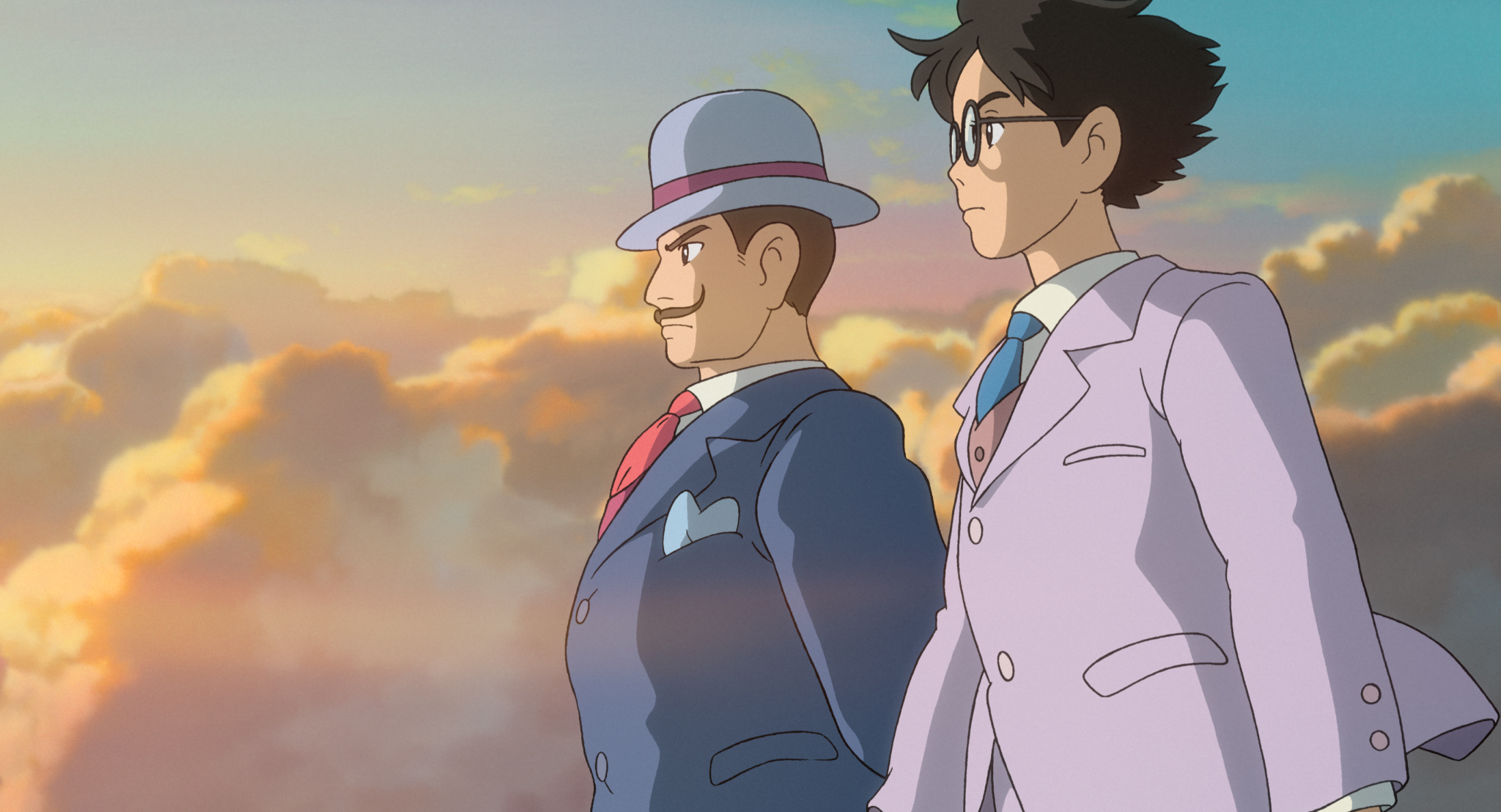An introduction to The Wind Rises (2013) — for my movie club

For The Westdale Cinema’s virtual movie club series.
1. Seriousness
A friend recently told me that she can’t take any animated movies seriously, even if they are intended to be serious — she sees animation and automatically thinks it’s for children.
As a lifelong fan of animation, I’m glad that we got to watch this movie together, partly because it’s by one of my favourite directors, Hayao Miyazaki, and also because I hope that it helps people to take animation more seriously!
There are all kinds of animation — Disney and Pixar of course, which are for kids, but also certain countries have strong animation traditions. France and Japan being the strongest. In terms of adult / serious animation, it’s mostly found in short animated films, or in some unusual rotoscoped examples like Richard Linklater’s Waking Life and Scanner Darkly, or Loving Vincent, a fully painted film.
What can an animation do in a serious film that is different, more intense or more relaxed, than a live-action film?
2. Visuals and motion
In terms of the visuals, animation of course is completely different from a live-action film. The camera is painting with light, as someone said, but animation is painting with time. Having read about how animation works, much of the impact comes from the way the objects and characters move from frame to frame. This is a subliminal effect that you can only see if you go frame-by-frame, but the movement is completely different from actual real world movement. The artistry is in that movement.
A few particular animations struck me strongly:
- The smoke coming out of the airplane engines, that seems tangible and almost alive
- The way the airplanes wings come apart in midair, like a living diagram of a plane in motion
And of course the freedom from the constraints of a camera:
- The paper airplane scene: the way the camera follows the plane, the way the that Jiro and Nahoko scramble and lean around the balconies trying to take flight themselves
How does the animation support the themes of the film?
3. War and pacifism
This film was attacked by some critics who say that it celebrates the Japanese war effort. It never directly shows the uses that the warplanes were put to — it skips right over the actual combat of WWII.
On the other side, it shows the horrors of war in more subtle ways. The early scene of the 1923 Great Kantō earthquake and the later scenes of foreboding. In fact the violence hangs over many scenes of the film. And Miyazaki himself is well known as a pacifist.
But Miyazaki is also obsessed with airplanes and flight. All of his movies have flying in them — airplanes, airships, flying robots, flying monsters, flying people! He said that he was inspired to make the film after reading a quote from Horikoshi: “All I wanted to do was to make something beautiful”.
The title The Wind Rises is taken from a french poem, Le cimetière marin by Paul Valéry:
Le vent se lève … ! Il faut tenter de vivre!
The wind rises … ! We must attempt to live!
(My translation for both excerpts.)
There is a deeper connection between the poem and the film that I haven’t seen mentioned in reviews — the poem is a meditation on life from the perspective of a rooftop of a cemetary by the sea. At one point in the poem, the poet is metaphorically struck by a feathered arrow that hums, flies, and:
Le son m’enfante et la flèche me tue!
The sound gives me birth and the arrow kills!
How does the film connect the creative art of building aircraft with the tragedies of death?